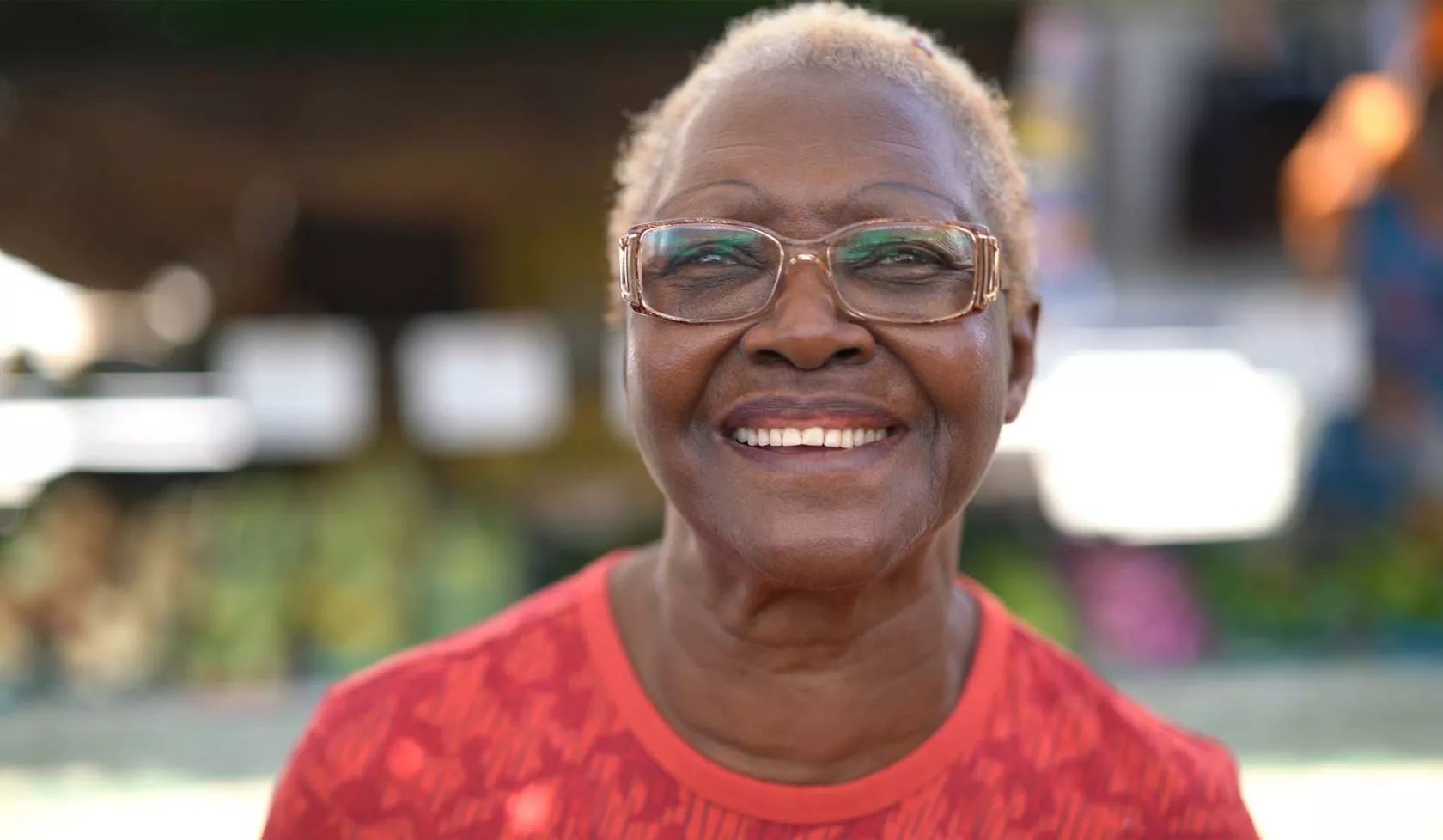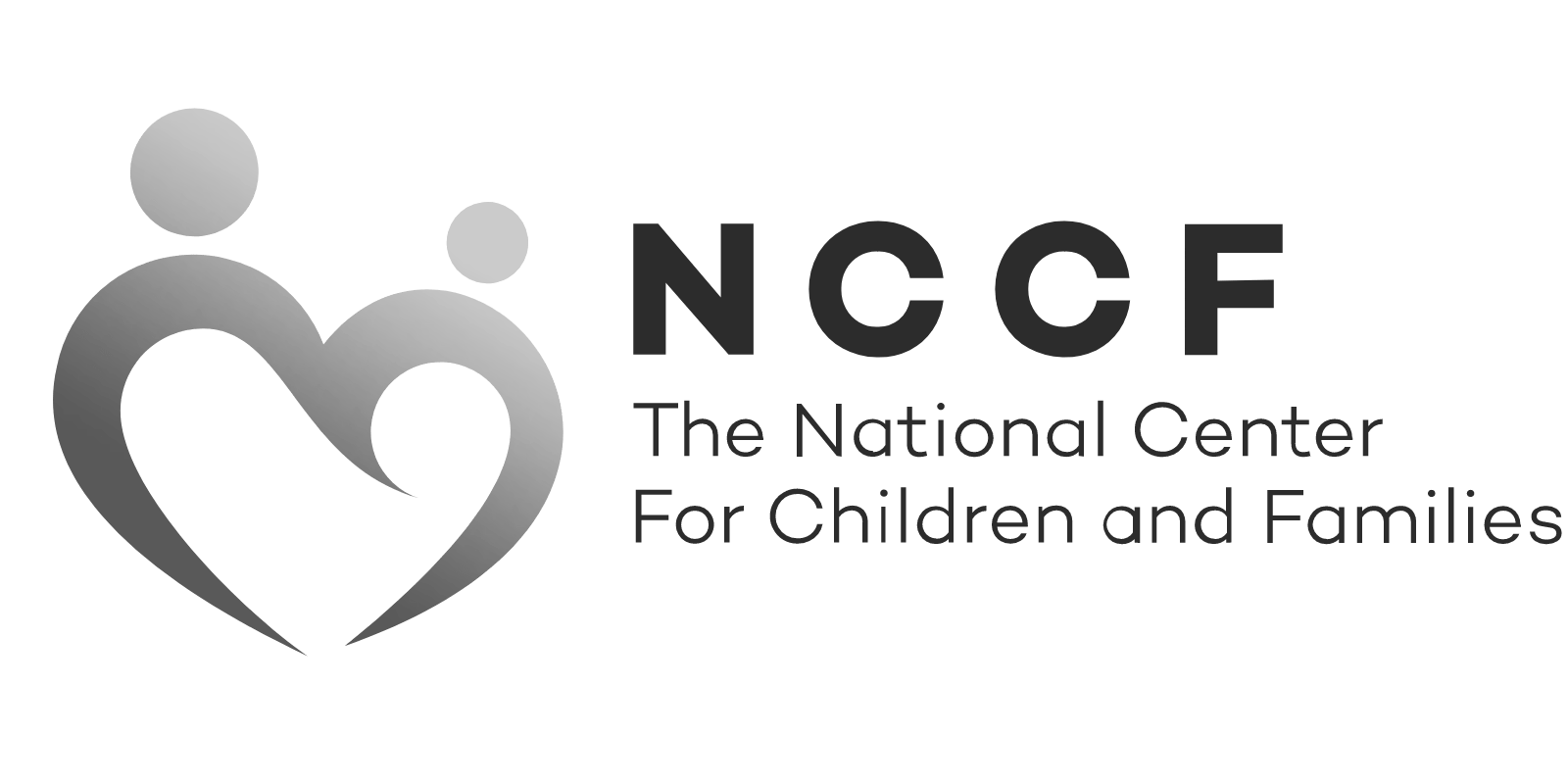Study finds Black people live longer in places with more Black doctors
Life expectancy in the U.S. is at its lowest point in nearly two decades, and the projected life spans of Black and Native Americans are shorter than white Americans. However, there is a potential solution to increasing the lifespan of minority populations. According to new research, Black people live longer in areas with more Black primary care doctors.
Michael Dill, Association of American Medical Colleges, states that for every 10% increase in the relative Representation of Black primary care physicians, we saw a one-month increase in life expectancy for Black people living in those same counties.
Black primary care physicians and specialists are more likely to work in underserved areas, and it was in the lowest-income areas where we saw the most significant difference in life expectancy. A more diverse selection of physicians also improves provider choice for communities.
For example, a Black female physician established her primary care practice in a diverse neighborhood with the intention of promoting access to healthcare within the community.
Did you know that half of the counties don't even have a single Black primary care physician?
The shortage of Black primary care physicians and physicians, in general, in the United States is a notable issue due to the lack of representation in the physician workforce. The overall percentage of Black physicians in the United States is approximately 6%, whereas the population is more than twice that. Additionally, there are some counties where the number of physicians is limited, exacerbating the issue of healthcare access. It is important to acknowledge these factors to better understand the healthcare disparities underserved communities face.
What steps can be taken to encourage more Black individuals to pursue careers in the medical field, particularly as physicians?
"As an organization, we recognize the multi-layered barriers that Black people face when pursuing medical careers. We are actively addressing these challenges by improving our admission processes through holistic approaches and offering pathway programs that introduce undergraduate students to the possibility of practicing medicine. However, we also understand that the issue extends beyond higher education and requires a focus on K-12 STEM education to enhance and support the educational pathway for historically excluded groups. At AMC, we are committed to this long-term endeavor of improving representation in the medical field." - Dr. Michael Dill
In summary, there are three key lessons to be learned:
- An adequate number of physicians is crucial for overall health.
- A strong primary care workforce is important for population health.
- Diversity in the physician and healthcare workforce is beneficial for everyone.
Credits John Yang Study finds Black people live longer in places with more Black doctors, https://www.pbs.org/newshour/show/study-finds-black-people-live-longer-in-places-with-more-black-doctors
















